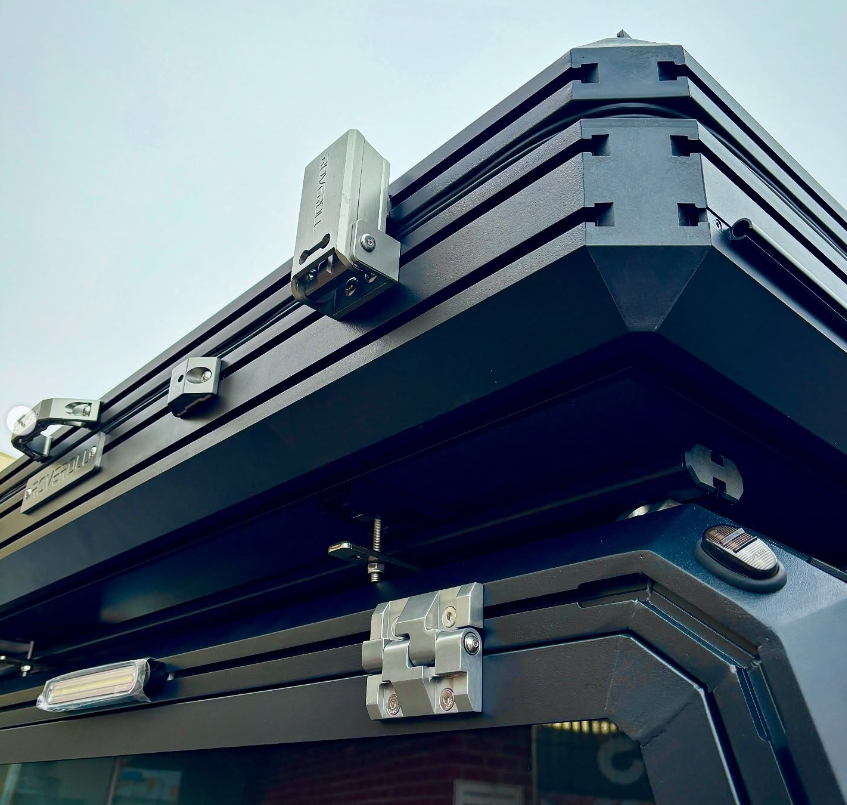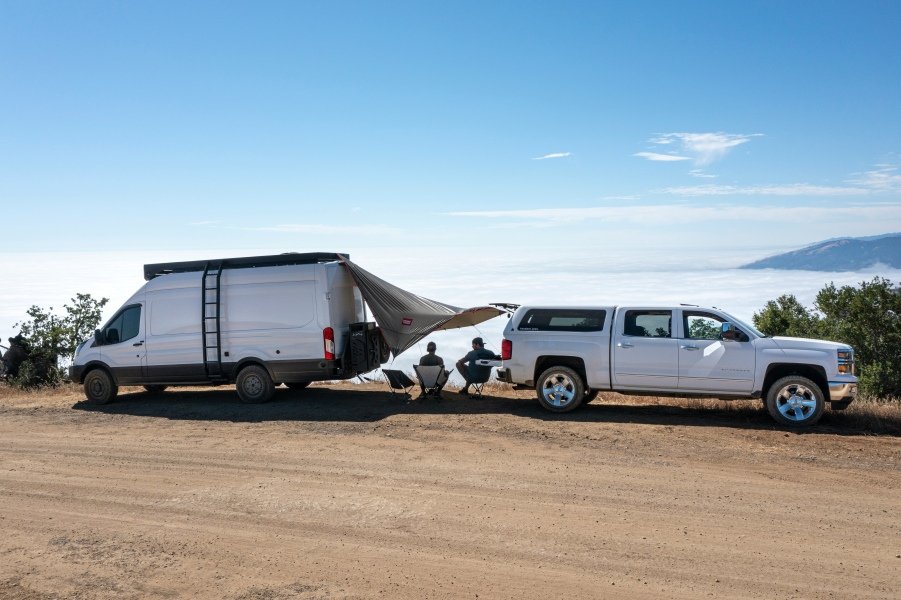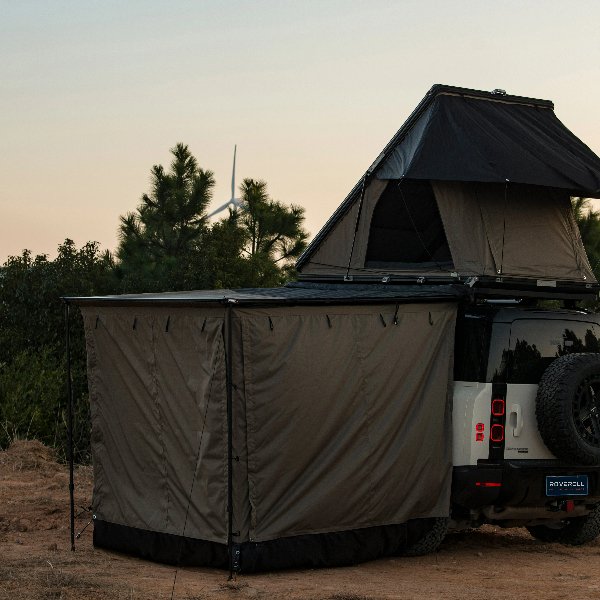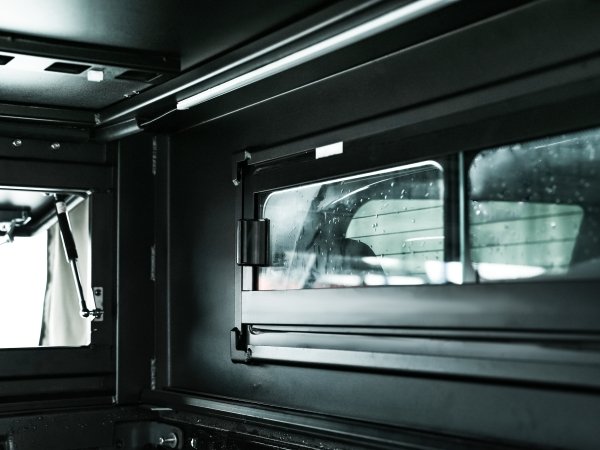Choosing the right fasteners for your truck cap seems small, but it’s crucial. Make the wrong choice, and you could face annoying rattles or even structural issues down the road. Let’s get it right.
For most truck cap (canopy) installations, rivets are generally the better choice. They offer superior strength, hold up better against vibrations from driving, and create a more permanent, durable bond compared to screws in this specific application.
Understanding why rivets often get the nod requires looking closely at how they fundamentally differ from screws. Knowing their distinct characteristics helps you see why one usually outperforms the other for securing something like a canopy, which takes a lot of stress on the move. Let’s break down those differences.
What is the difference between rivets and screws?
Confused about whether that metal bit is a rivet or a screw? Using them in the wrong place can cause headaches later. Let’s clear up exactly what makes them different.
Screws use threaded shafts to grip material, either by cutting their own threads or mating with existing ones, making them removable. Rivets are smooth pins inserted through holes and then permanently deformed (clinched) on the other end to lock parts together.
How They Work
Screws have external threads that spiral along their shaft. When you turn a screw into materials like wood or metal (sometimes into a pre-drilled pilot hole, sometimes self-tapping), these threads cut into or mesh with the material, creating a tight grip. This mechanical lock relies on the friction and interlocking of the threads. Rivets, on the other hand, start as a smooth pin with a head on one end. You insert the pin through aligned holes in the parts you want to join. Then, you use a tool (like a rivet gun) to deform the tail end of the pin, creating a second head. This ‘clinching’ process physically squeezes the parts together between the two heads.
Removability
This is a major difference. Screws are designed to be installed and removed, often multiple times, using a screwdriver or drill. This makes them great for things that might need maintenance, adjustment, or disassembly later. Rivets create a permanent joint. Once installed correctly, they are not meant to be easily removed. Removing a rivet typically involves drilling it out or cutting it off, which destroys the rivet.
Strength and Durability
Both can be strong, but they excel in different ways. Screws generally offer good clamping force (pulling parts together) but can loosen over time, especially under vibration, as the threads can slowly back out. Rivets provide excellent shear strength (resisting forces trying to slide the parts past each other) and are highly resistant to vibration because there are no threads to loosen. The solid, clinched body holds firm. For applications like a truck cap bouncing down trails, this vibration resistance is a big plus for rivets.
Installation Process
Screws usually require a simple tool like a screwdriver or drill. Sometimes a pilot hole is needed. Rivets, especially blind rivets common in truck cap installs (where you only have access to one side), require a specific rivet tool or gun to pull the mandrel and deform the rivet body.
| Feature | Rivet | Screw |
|---|---|---|
| Joining Method | Deforming the rivet body (clinching) | Threaded shaft grips material |
| Permanence | Permanent | Removable / Reusable |
| Vibration Resist. | Excellent | Fair (can loosen over time) |
| Shear Strength | Generally Very Good | Good |
| Tensile Strength | Good | Generally Very Good (clamping force) |
| Removability | Difficult (destructive) | Easy (non-destructive) |
| Tools Needed | Rivet gun / tool | Screwdriver / Drill |
| Typical Use | Structural joints, high vibration areas | Assembly, maintenance access, adjustments |
Understanding these core differences is key to choosing the right fastener for any job, especially for something that lives outside and moves around a lot, like your truck cap.
When should rivets and screws be used?
Knowing how they differ is step one, but when should you actually use each one? Using the wrong fastener can mean a weak connection or future headaches. Let’s pinpoint their ideal scenarios.
Use rivets for permanent connections where high strength, durability, and resistance to vibration are critical, like attaching the main shell of a truck cap. Choose screws when you need the ability to easily assemble, disassemble, adjust components, or access areas later.
This is why the Roveroll Full Size Canopy uses aerospace-grade aluminum rivets in its core structure. The riveted construction ensures your gear stays protected through years of rough pavement and off-road vibrations, maintaining a rattle-free connection that screws simply can’t ma

The choice between rivets and screws often comes down to the specific demands of the application. Let’s explore where each typically fits best, paying special attention to our main focus: truck caps.
Truck Cap Considerations
A truck cap, or canopy, lives a tough life. It’s bolted to a moving vehicle, constantly experiencing vibrations from the road (and even more off-road). It also bears some load, whether it’s just its own weight or added gear like a rooftop tent.
- Vibration: This is where rivets really shine for canopies. Their solid, clinched form doesn’t have threads that can gradually loosen from constant shaking. Screws, even with locking washers or thread locker, can be prone to vibrating loose over time, potentially leading to rattles, leaks, or worse.
- Strength: Rivets provide excellent shear strength, which is important for resisting the side-to-side and fore-aft forces a canopy experiences during driving, braking, and accelerating.
- Permanence: For the main attachment points of the canopy shell to its base frame or mounting hardware, you generally want a permanent, secure connection. Rivets provide this ‘set it and forget it’ reliability.
Where Screws Might Be Okay (or Preferred) on a Canopy
While rivets are best for the main structure, screws have their place too:
- Access Panels: If there are internal panels that need to be removed for maintenance or accessing wiring, screws make sense.
- Mounting Accessories: Attaching lighter accessories inside the canopy, like lights, small storage nets, or curtain tracks, might be fine with screws, especially if you might want to reposition them later.
- Window Frames (Sometimes): Depending on the design, some window frames might use screws for easier replacement if a window breaks. However, structural window frames might still benefit from rivets.
Other Common Applications
Looking beyond truck caps helps illustrate the core uses:
- Rivets: Aircraft fuselages, bridge structures, boat hulls, heavy machinery frames – places where structural integrity and vibration resistance are paramount and disassembly is rare.
- Screws: Furniture assembly, electronics casings, engine components needing service access, installing trim pieces, computer hardware – anywhere that might require taking things apart or making adjustments.
Ultimately, for the primary job of holding your truck cap together and securely mounted, the robust, vibration-resistant, and permanent nature of rivets makes them the superior choice in most cases. Screws are better suited for less critical attachments or areas requiring future access.
Conclusion
So, when securing your truck cap(CANOPY), rivets generally offer a stronger, more durable, and vibration-resistant solution compared to screws, making them the better choice for a lasting, trouble-free installation.




